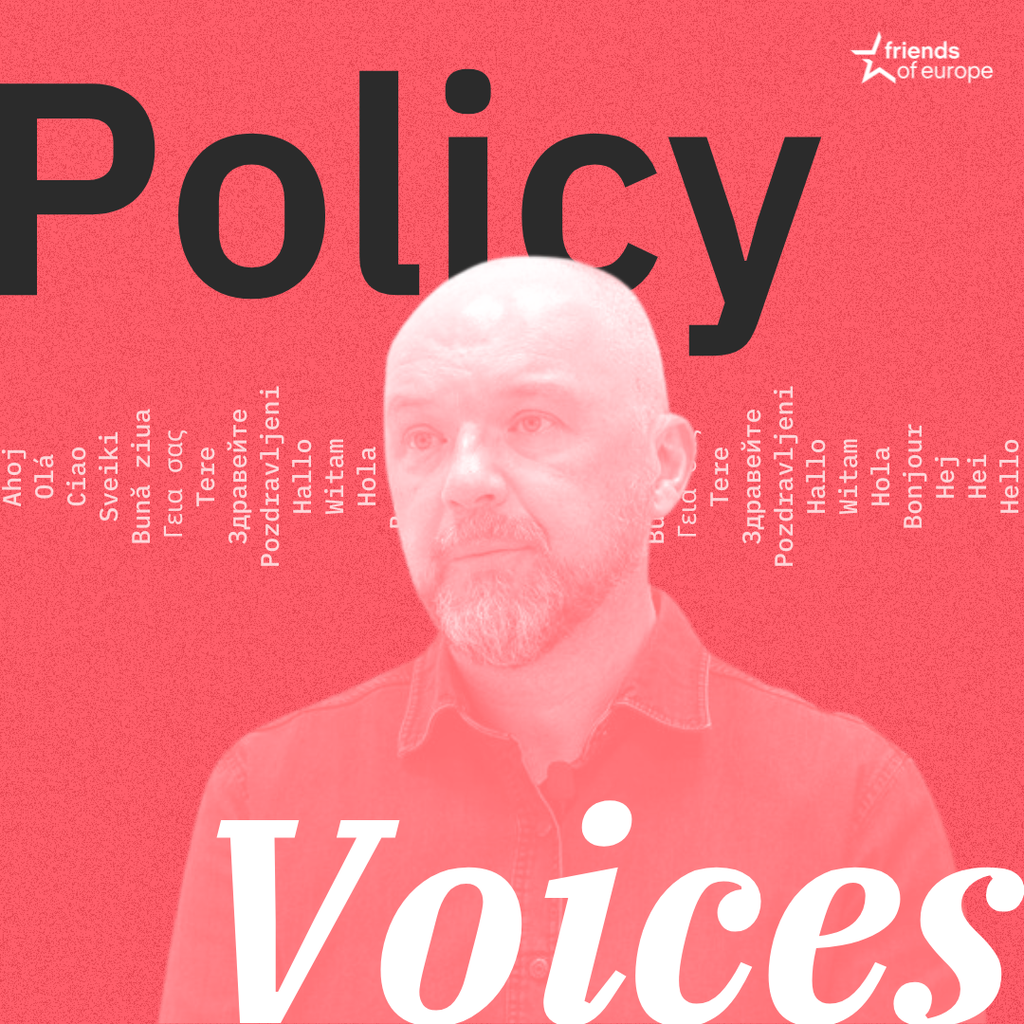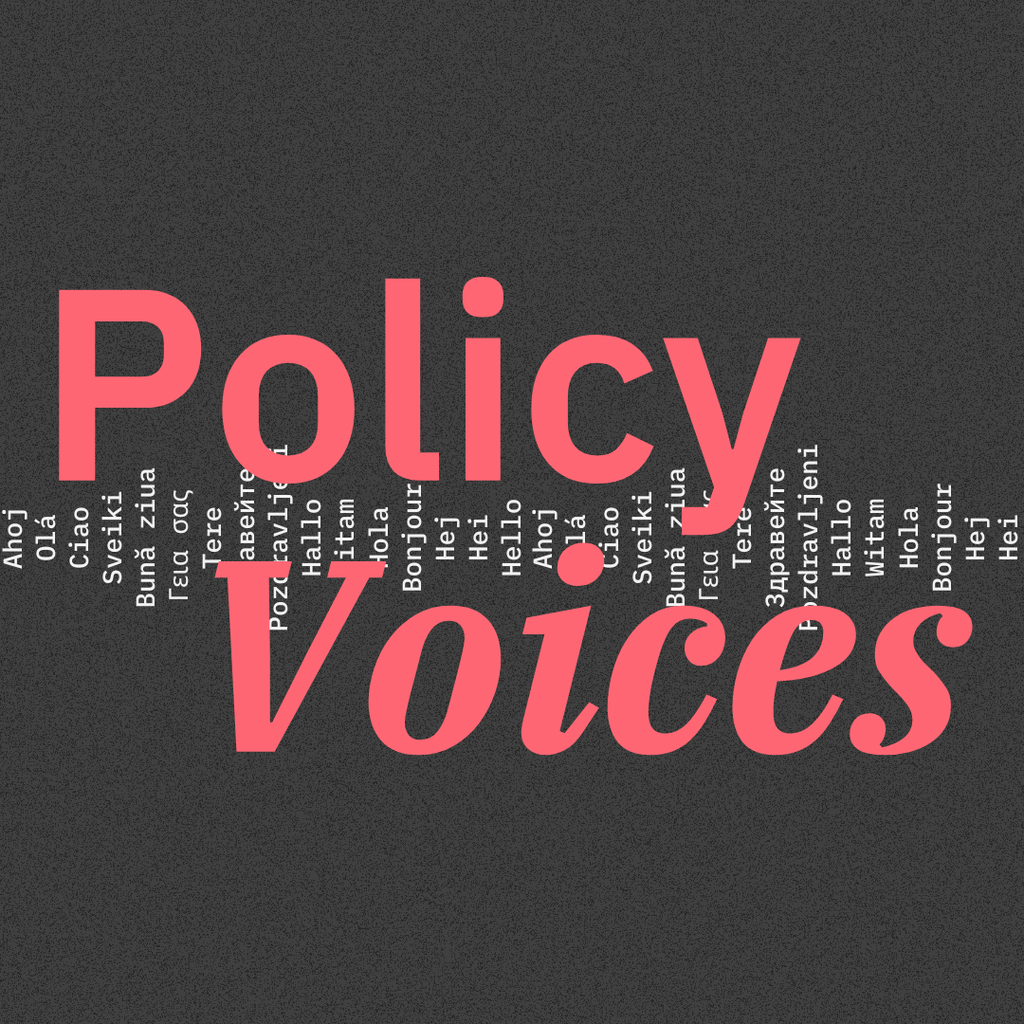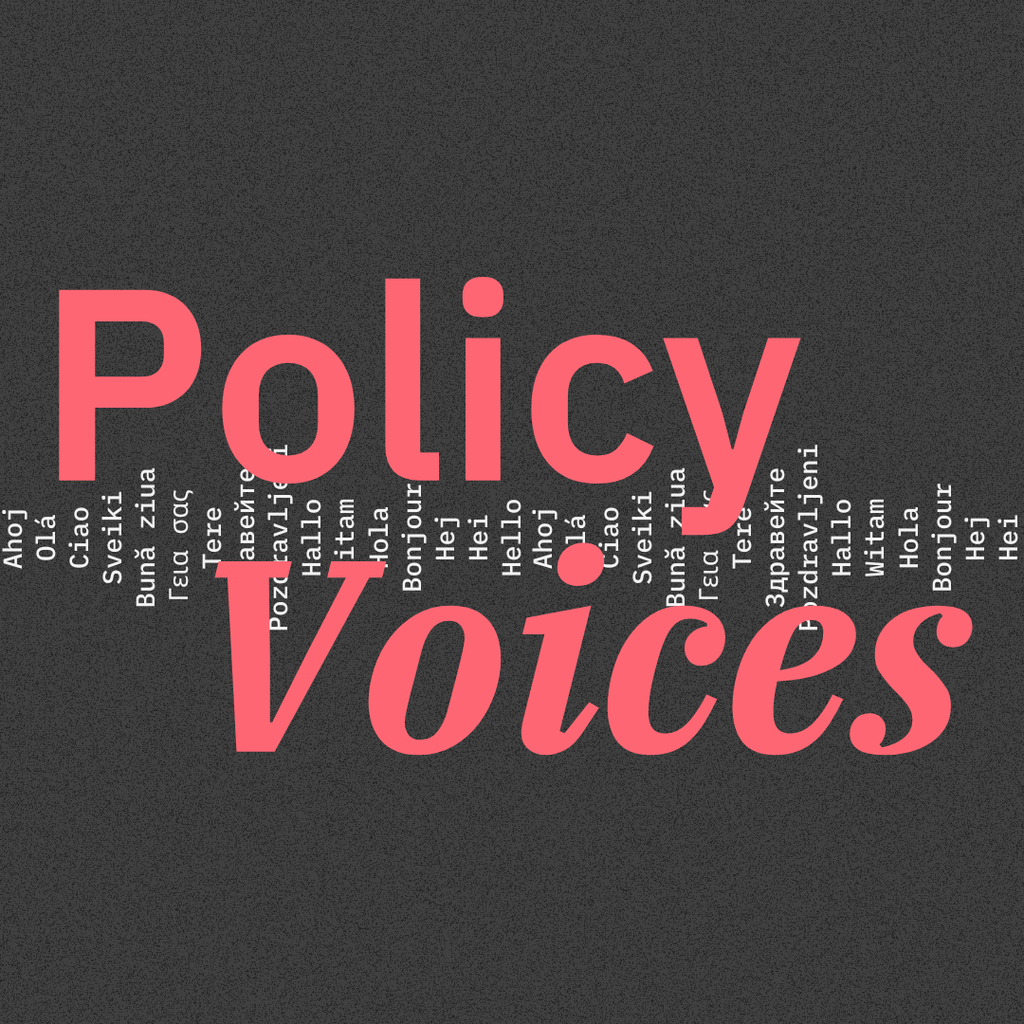Europe-China Forum
Next event In person & livestreamed

- Area of Expertise
- Global Europe
Global Europe

Head of Evaluation, Learning & Programme Performance
More people are leaving their homes in search of opportunities abroad than ever before – indeed, the number of international migrants in the world has increased by nearly 50% since 2000. And Asia and Europe are the top regions of both origin and destination. Freedom of movement is by no means always easy, however, as visa restrictions as well as bureaucratic and administrative obstacles often stand in the way. In addition, with populists and illiberals espousing nativist, anti-immigrant sentiment shouting more loudly than ever, migration is often portrayed as unwelcome.
But given the sheer numbers of people on the move, why isn’t it easier for Europeans and Asians to move between their countries? After all, the advantages of labour mobility should be clear enough: as populations age and shrink, newcomers fill gaps in the labour market; they bring their business acumen and new ideas to aid innovation; and they improve intercultural understanding.
As such, it should be easier for Asians and Europeans to reap these benefits. We could open the door to easier cross-continent movement by starting small, for example, by easing travel restrictions for tourists, standardising and reducing administrative requirements for work permits and widening regional free movement regimes. Such changes would benefit millions of people globally and are already in force in some regions.
As Europe and Asia expand their cooperation, easing mobility would be a welcome boon to all
As of 2017, 61 million Europeans were living outside their country of origin, while in Asia, approximately 2.5 million people leave their countries for contractual work abroad every year. An estimated 41% of international migrants worldwide originate in Asia. Given global trends, these numbers are likely to increase in the coming years.
The European Union’s Treaty of Rome makes intra-European mobility of workers and citizens a key feature of European integration. The signing of the Schengen Agreement in 1985 took this freedom of movement further by abolishing border controls between EU countries.
In Asia, members of the Association of Southeast Asian Nations (ASEAN) are working towards improving and increasing labour mobility, with the organisation’s 2025 Vision document calling for “more seamless movement of investment, skilled labour, business persons, and capital” by 2025. The ASEAN Economic Community, launched at the end of 2015, aims to further this goal. The ASEAN Framework Agreement on Visa Exemption, meanwhile, should lead to visa-free travel in the region for citizens of its member states, albeit only for touristic purposes. Other Asian countries have signed bilateral agreements with each other – as well as with the EU – making it easier to travel widely.
Labour mobility is often discussed at the global level. Regular meetings take place via the Ministerial Consultation on Overseas Employment and Contractual Labour for Countries of Origin in Asia (the Colombo Process), established by 10 Asian states in 2003 to protect citizens who migrate abroad for employment. Today a handful of destination countries participate as well, which has expanded the scope of the discussions. The Asia-EU Dialogue on Labour Migration established by EU and Colombo Process members in 2008 offers an additional forum for dialogue on inter-continental migration.
We could open the door to easier cross-continent movement by starting small
As Europe and Asia expand their cooperation, easing mobility would be a welcome boon to all. A starting point could be to loosen general travel restrictions, including through the provision of visas-on-arrival. Indeed, in early 2018, the Federation of ASEAN Travel Associations called on the EU to provide visa-free travel to citizens of ASEAN countries, reciprocating the rights already granted to most European citizens travelling in ASEAN.
But more is needed. In many countries, the right to work is only awarded when an employment contract is already available, after concluding a university degree, or by gaining status through a spousal relationship or sufficient years of residence. These requirements could be scrapped, with work permits provided on arrival after basic administrative requirements – such as background checks and proof of sufficient financial resources – have been fulfilled. This would decrease illegal work, boost the number of tax-paying citizens and allow newcomers to integrate more quickly. States should additionally move towards more consistent standards, including by having clear information about administrative requirements readily available on immigration services’ webpages.
Through the Colombo Process and Asia-EU Dialogue, states could then discuss the merits of easing restrictions on labour mobility at the wider level, learning from the EU and ASEAN examples. Once such agreements have been concluded at regional levels, ASEM could take over as a forum for broader discussions aimed at concluding an ASEM-wide labour mobility regime.
Regardless of obstacles, people around the world will continue to move in the pursuit of economic, professional and personal fulfilment. Why should we not make it easier and create win-win opportunities for everyone?
This article is from Friends of Europe’s discussion paper ‘My ASEM wishlist: how Asia and Europe should really be working together’, in which we go beyond officialdom and seek out ‘unusual suspects’ – students, teachers, activists, journalists, think tankers, etc. – who consider where they would like the state of Asia-Europe relations to be by 2030 and what the two continents should do to get there.
Next event In person & livestreamed

Past event

Past event Online

Past event IN PERSON & ONLINE





Stay informed
We use cookies and similar technologies to adjust your preferences, analyze traffic and measure the effectiveness of our campaigns. Learn more about our privacy policy.